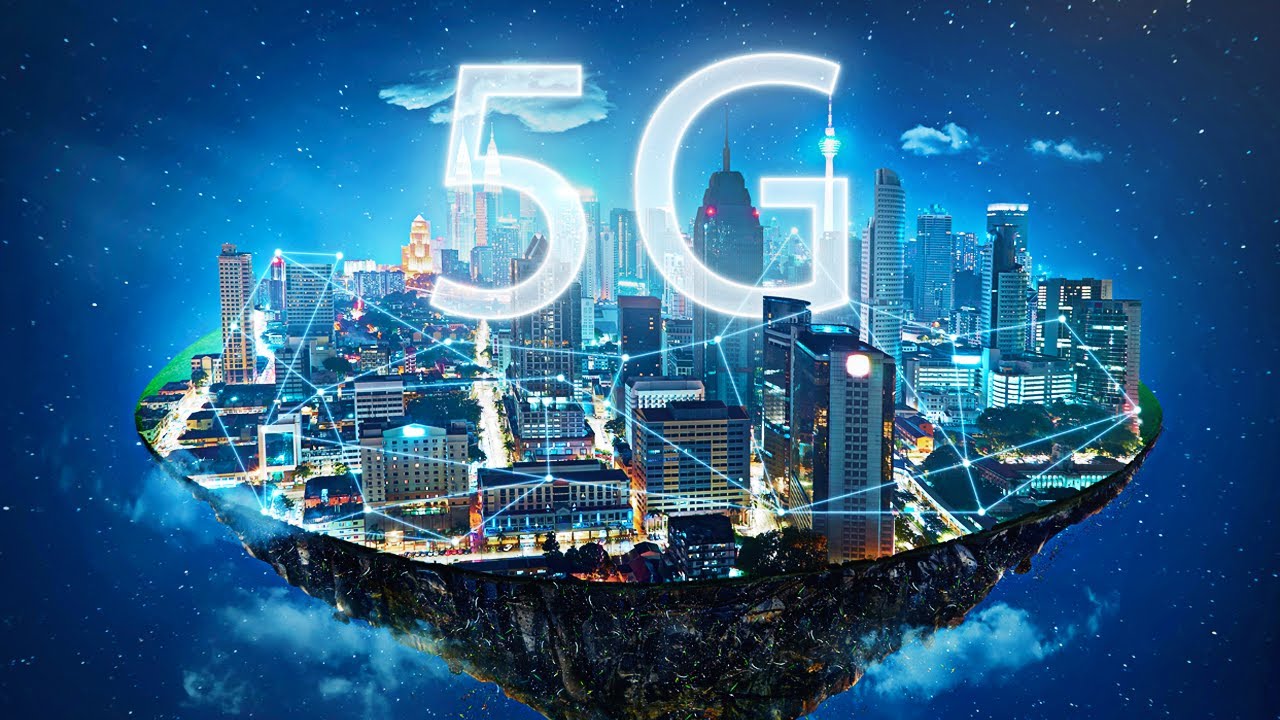The advent of 5G technology marks a revolutionary leap in connectivity, promising to transform the way we live, work, and interact with the world around us. As the fifth generation of mobile network technology, 5G offers unprecedented speed, low latency, and the ability to connect a vast number of devices simultaneously. Here’s an in-depth look at how 5G is revolutionizing connectivity and its impact on various sectors.
Unparalleled Speed and Efficiency
One of the most significant advancements of 5G technology is its speed. 5G networks are designed to be up to 100 times faster than 4G, enabling users to download large files, stream high-definition videos, and participate in video conferences with minimal lag. This increased speed not only enhances user experience but also opens up new possibilities for real-time applications and services.
Low Latency: Enhancing Real-Time Interactions
Latency refers to the time it takes for data to travel from one point to another. 5G technology reduces latency to just a few milliseconds, which is crucial for applications that require real-time interactions. This low latency is a game-changer for various fields, including:
- Autonomous Vehicles: Real-time communication between vehicles and infrastructure can improve safety and efficiency on the roads.
- Remote Surgery: Surgeons can perform procedures from thousands of miles away with minimal delay, making advanced healthcare accessible to remote areas.
- Online Gaming: Gamers can enjoy a seamless, lag-free experience, which is essential for competitive gaming environments.
Massive Device Connectivity
5G is designed to connect a massive number of devices simultaneously, paving the way for the Internet of Things (IoT). This capability is essential for smart cities, where thousands of sensors and devices need to communicate with each other efficiently. Examples of how 5G-powered IoT can transform urban living include:
- Smart Homes: Connected appliances, security systems, and energy management solutions can be controlled remotely and interact intelligently.
- Smart Grids: Enhanced energy distribution and monitoring systems can improve efficiency and reduce waste.
- Environmental Monitoring: Real-time data from sensors can help manage air quality, water usage, and waste management.
Transforming Industries
The impact of 5G extends far beyond consumer applications, revolutionizing various industries through improved efficiency, automation, and new business models.
- Manufacturing: 5G enables smart factories with real-time monitoring, predictive maintenance, and automation, leading to increased productivity and reduced downtime.
- Healthcare: Besides remote surgery, 5G facilitates telemedicine, remote monitoring, and faster access to medical data, improving patient care and outcomes.
- Agriculture: Precision agriculture can benefit from real-time data on weather, soil conditions, and crop health, leading to more efficient and sustainable farming practices.
- Retail: Enhanced connectivity supports augmented reality (AR) shopping experiences, personalized marketing, and efficient supply chain management.
Challenges and Considerations
While the potential of 5G is immense, there are several challenges to consider:
- Infrastructure: Deploying 5G requires significant investment in new infrastructure, including small cells, antennas, and fiber optic cables.
- Spectrum Availability: Ensuring adequate spectrum availability and managing interference between different frequencies is crucial for optimal performance.
- Security: With increased connectivity comes heightened security risks. Robust cybersecurity measures are essential to protect against potential threats.
- Environmental Impact: The deployment and operation of 5G networks must be managed sustainably to minimize their environmental footprint.


.jpg)










